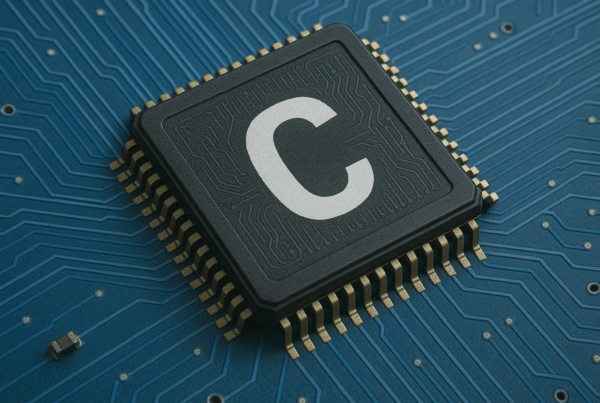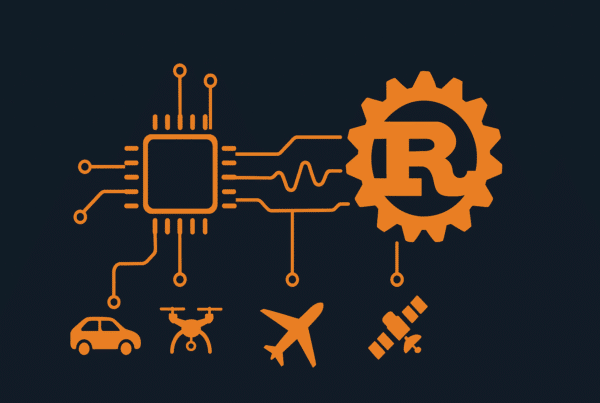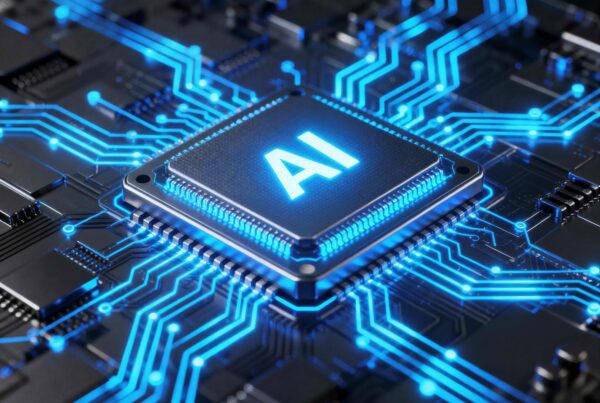AI in Embedded Software Development: What Works, What’s Controversial
AI is increasingly being used in embedded software engineering, but these systems have unique constraints: timing, memory, hardware quirks, and strict certification requirements. Not all AI tools deliver equal value: some genuinely accelerate development, while others remain controversial.
Where AI helps:
- Productivity helpers such as GitHub Copilot, Amazon CodeWhisperer, Tabnine can generate boilerplate, unit tests, or documentation. Ideal for repetitive tasks.
- Static analysis and verification, where CodeSonar, Klocwork, Polyspace, LDRA leverage AI to reduce false positives, prioritize warnings, and catch subtle C/C++ bugs.
- Test generation and coverage, with tools like Diffblue, EvoSuite, VectorCAST to help create unit tests and improve structural coverage (MCDC).
- Model-based engineering, where MATLAB/Simulink with AI-assisted analysis or optimization can accelerate embedded ML pipelines or verified model-to-code workflows.
Where AI is controversial:
- Hardware-specific or timing-critical code (register-level configurations, interrupts, DMA), where AI suggestions can be subtly wrong or unsafe.
- Safety-critical logic (control loops, fault detection, real-time scheduling), as AI models cannot (yet?) guarantee correctness across all corner cases, timing constraints, or hardware interactions.
- Security and IP, as cloud-based AI may leak sensitive firmware or introduce insecure patterns.
- Overconfidence, which we even see with the beloved ChatGPT, that AI outputs can look correct even when they contain subtle errors. Naturally, a major concern for embedded systems.
Real-World Examples
Where AI did great:
- Engineers using Copilot for driver boilerplate and peripheral initialization report significant time savings, the generated code is correct 80–90% of the time and easy to verify.
- Automated test generation with VectorCAST or Diffblue has helped teams achieve full structural coverage faster, particularly for repetitive or edge-case tests.
- MATLAB/Simulink AI-assisted optimization has reduced iteration cycles when deploying ML models on MCUs, allowing verified model-to-code workflows to be completed faster.
Where AI failed:
- Copilot has produced register misconfigurations or interrupt-handling errors that only appeared when running on target hardware.
- Attempts to auto-generate control loops or fault-detection routines sometimes introduced subtle logic bugs, requiring manual fixes.
- Security researchers have found that some AI-generated snippets include insecure patterns or mimic open-source code without proper attribution, creating potential IP and vulnerability issues.
In Summary
AI accelerates repetitive work, automates testing, and augments verification. In safety-critical embedded software, however, it should support human reasoning, formal verification, and rigorous testing, not replace them. For now, let’s keep treating AI as a helpful assistant, not an oracle.
If you’re experimenting with AI in embedded development, what you add to the comments above? I’m keen to hear your thoughts and connect. If you are hiring and/or open to opportunities in the sector, please reach out to me at luiza@akkar.com








